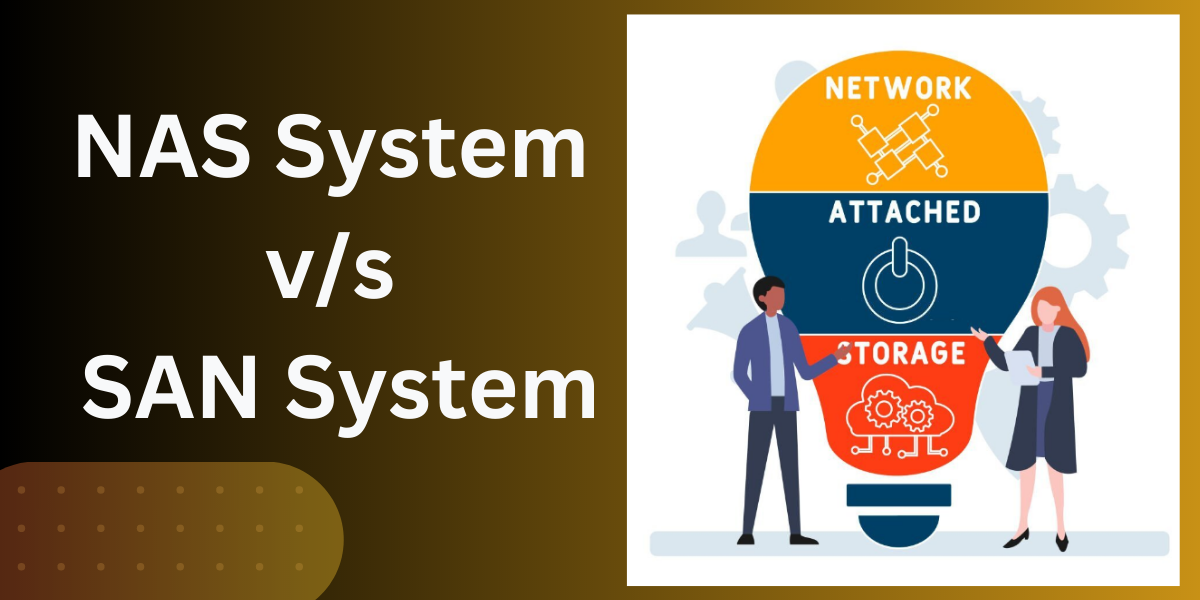As businesses continue to generate an enormous amount of data, it has become increasingly critical to store, organize, and manage this data effectively. Two storage options businesses typically consider are Network Attached Storage (NAS) and Storage Area Networks (SANs). Both NAS and SAN offer unique features and functionalities that cater to the business's specific needs. In this blog post, we will dive into the differences between NAS and SAN storage, their advantages and disadvantages, and which one would work best for your business.

One of the fundamental differences between NAS and SAN is their storage architecture. NAS Storage is a file-level storage solution that typically utilizes multiple hard drives and assigns IP addresses to them, creating a centralized file server accessible to multiple users over a network. On the other hand, a SAN is block-level storage that uses Fiber Channel or iSCSI technology to access a pool of storage devices. SAN solutions typically connect to servers via a switch, and disk access is shared at a block-level granularity.
Another major difference is the cost involved in deploying these storage solutions. NAS is relatively affordable and easy to install, but its scalability can be limited. SAN solutions are more costly and can be challenging to set up initially, but they offer a higher level of performance, security, and scalability. If your business requires high availability, SAN solutions are usually the preferred option over NAS.
A significant advantage of NAS over SAN solutions is its flexibility. NAS appliance is versatile and can cater to multiple storage needs such as file sharing, backup, and archiving. It can also provide features such as cloud integration and remote access. Moreover, managing Scale out nas storage is relatively simple, and users can access data using standard file protocols such as NFS and SMB.
SAN solutions have a high performance and throughput, making it an excellent option for critical applications that need constant access to storage at high-speeds. High-speed application performance is achieved by minimizing network latency between the server and storage device. Moreover, SAN storage has enhanced security features such as zoning, LUN masking, and logical unit partitioning, which can protect specific server groups from accessing other groups' storage.
Conclusion:
In conclusion, both NAS and SAN storage solutions have their advantages and disadvantages. NAS solutions are versatile, affordable, and easy to manage, which makes it the right choice for small to medium-sized businesses. SAN solutions, on the other hand, offer high performance, security, and scalability, which makes them an ideal solution for enterprises that need mission-critical applications. Ultimately, the choice of which solution to use will depend on your budget, data storage needs, and business requirements. To Know more, Contact Us.

No comments yet